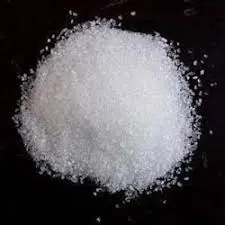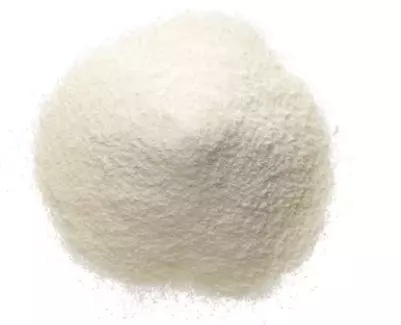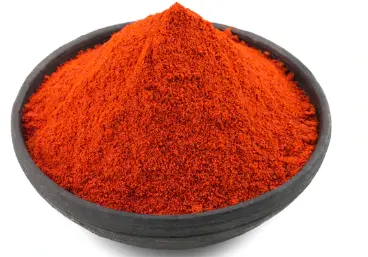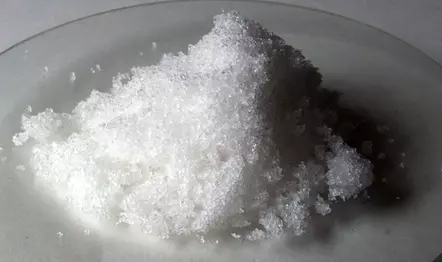N-Butanol (99.5%) - China
|
IUPAC Name |
: Butan-1-ol |
|
Cas Number |
: 71-36-3 |
|
HS Code |
: 2905.13.00 |
|
Formula |
: C4H9OH |
Basic Information
|
Appearance Name |
: Colourless Liquid |
|
Common Names |
: Butyl alcohol, Propylcarbinol |
|
Packaging |
: 1 KG/BOTTLE, 25KG/DRUM |




